Article
Sacramento: Where California's Medical History Began
Author(s):
Our travel writers find California's state capitol is more than just the home of the Gold Rush -- it's rich in its own medical history, as well.
Photography by the authors.
Arnold Schwarzenegger promised when he got to California’s capital: “I will pump up Sacramento.” Well, he tried. He didn’t understand that dysfunctional government was the norm in this small town at the end of the Sacramento River.
Take tour of the state's capitol and you'll eventually walk past the portrait of Jerry Brown. Brown, who was governor of the state from 1975 to 1983 -- and seemingly wants to have a go at it again in November 2010.
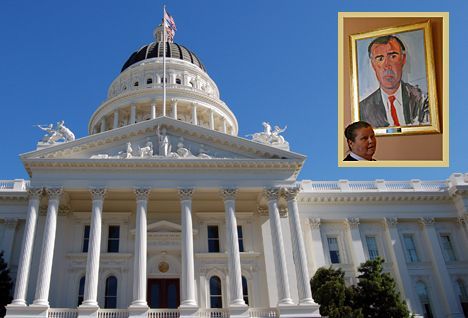
The governor of California gets to choose the artist for the official portrait that ultimately hangs in the State Capitol Museum. Brown chose an artist as controversial as himself: Don Bachardy. The painting hangs among the 33 somber, rather dignified souls who preceded him and the four who followed.

The capitol building stands in a beautiful park that also has a memorial to those who served in the Vietnam War. A circular wall holds the names of the 5,822 dead and missing of the one third of a million Californians who served. The wall surrounds bronze life-size statues showing scenes from the war, including a 19-year-old soldier wearily reading a letter from home. The memorial is the first to recognize the contributions of the 15,000 nurses who served in Vietnam and movingly depicts a nurse caring for a severely wounded soldier.
California’s history goes farther back, of course, but to the world it started with that electrifying event on the south fork of the American River on January 24, 1848. “My eye was caught by something shining in the bottom of the ditch,” wrote James Marshall, who was building a sawmill there for John Sutter. “I reached my hand down and picked it up…The piece was about half the size and shape of a pea. Then I saw another!” Four days later Marshall was at Sutter’s Fort reporting his find to his employer. “It made my heart thump, for I was certain it was gold,” he said.
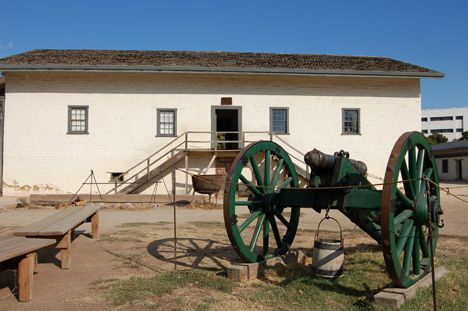
Sutter’s Fort, then an agricultural settlement and now a state park, is the oldest restored fort in the U.S. It is a sad reminder of the fortunes of both men. Marshall and Sutter suffered financial misfortune before they ever met; neither benefitted from the Gold Rush and both died in wretched circumstances.

The Discovery Museum of Sacramento has much evidence of those times, including displays of over-the-counter medications of the 1850s era. It also includes exhibits of surgical instruments and personal effects of Alexander Nixon, MD, including his top hat and cane as seen in the top right photograph. Nixon was, like many 19th century doctors, a character: He came as a Gold Rush miner but failed, like most, to make a living, so he went back to Ohio and ultimately returned to California with a medical degree. Nixon became president of the California State Medical society and, as such, cast the deciding vote to admit women doctors. Three years after he died in 1889, his widow, Ann Wisewall Nixon, obtained her medical degree.
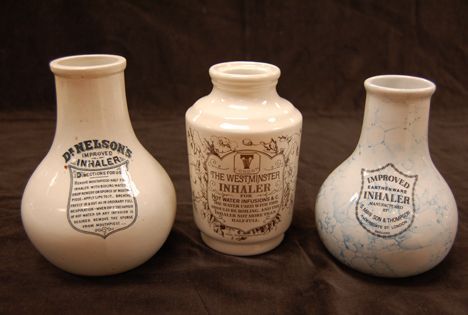
The Sierra Sacramento Valley Medical Society arranged the medical presentations at the Discovery Museum, but the society’s own Museum of Medical History has some really interesting displays of its own, such as the poster held up by retired physician Bob La Perriere, MD, then the curator, who seems to be “offering the best medicine at the lowest price.”
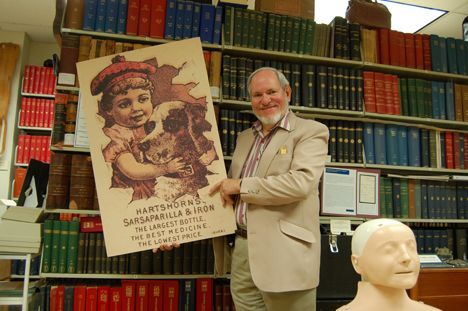
The exhibits ranged from “snake oil” advertisements and examples of blood-letting instruments, to the first X-Ray tube brought to Sacramento in 1897 and an iron lung used for children in the dreadful days of the polio epidemics in the 1950s.
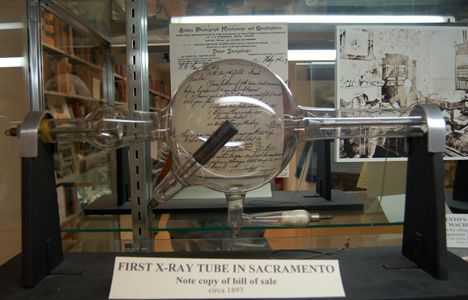

Sacramento has had more than its share of epidemics. Perhaps being in the flood plain of the Sacramento River Delta increased the risk of pollution, but the cholera epidemic of 1850 was particularly tragic as the old city cemetery attests.
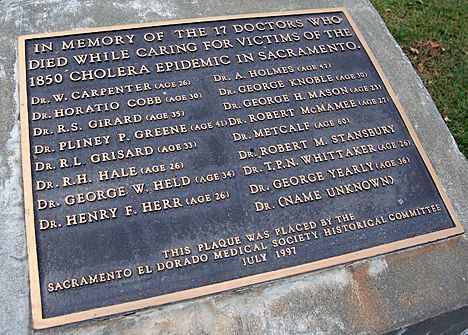
Seventeen physicians chose to stay with their sick patients, as most of the residents evacuated the city. Those physicians also succumbed to the disease; one is buried here but a plaque names all 17. There are actually 55 physicians buried in the cemetery and their head stones are certainly moving. The medical society has published a walking tour booklet on those medical pioneer gravesites.

A more cheerful walk would bring art lovers to the Crocker Art Museum, which is currently upgrading its premises after a run of 125 years. Car and Americana enthusiasts will also enjoy the Towe Automobile Museum, which got its start as recently as 1983. Montana banker Edward Towe, who claimed to have the largest collection of Ford Motor automobiles in the world, donated his collection to the museum. Many of the Fords had to be sold to resolve a dispute with the Internal Revenue Service, but the museum still has great exhibits that capture the flavor of times gone past.

Additional fun for visitors would be a casual saunter through Old Sacramento and along the river front. There you'll find the Delta King riverboat, now permanently berthed as is its sibling the Delta Queen in Chattanooga, Tenn. The Delta King is now a hotel that has another medical connection to the city: After Pearl Harbor, it served as a hospital ship. We went onboard simply to explore, but ended up staying overnight to enjoy its history and complete our trip to Sacramento.
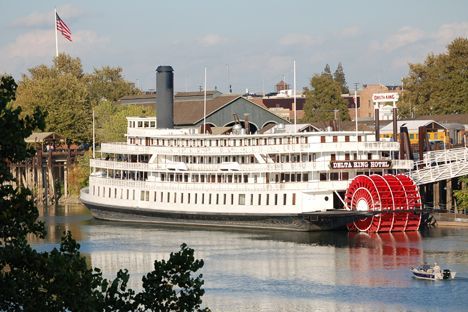
The Andersons, who live in San Diego, are the resident travel & cruise columnists for Physician's Money Digest. Nancy is a former nursing educator, Eric a retired MD. The one-time president of the New Hampshire Academy of Family Practice, Eric is the only physician in the American Society of Travel Writers. He has also written five books, the last called The Man Who Cried Orange: Stories from a Doctor's Life.




